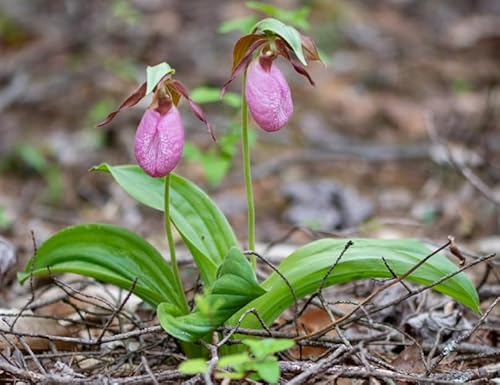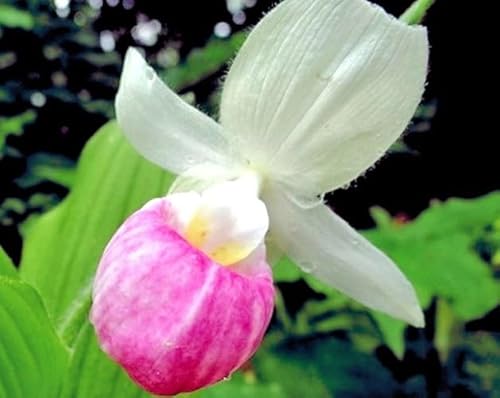rcb
Well-Known Member
It's interesting that your two mounted plants actually hold a higher percentage of the water you put on them than the leca/turface pots.
I noticed that, wondered if anyone else would
Another piece of the puzzle?
If you use expanded clay might need to go SH.
I actually tried S/H a couple summers ago. All but one plant went thru a serious decline. I made the assumption that my rains flushed too much which led the plants always in too good of water which would leach nutrients from the plants. But that was at that time. Since then I have put a few Hoyas in S/H and they seem for the most part ok. So I don't know why the orchids didn't perform well in S/H. Makes no sense. I did wait to convert till they had active new root growth.










































